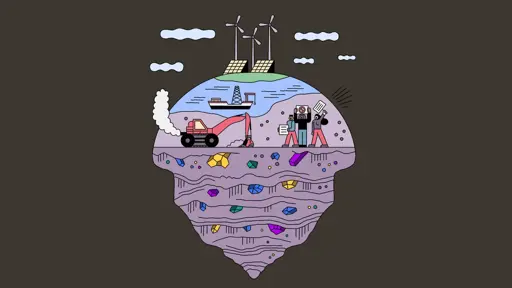- cross-posted to:
- energy@slrpnk.net
- cross-posted to:
- energy@slrpnk.net
In the decade since the world pledged to combat climate change under the Paris Agreement, global energy systems have undergone a revolution. The United States experienced a sixfold increase in solar power, and wind power more than doubled. And there are now more than 40 million electric vehicles on roads worldwide.
But ending our dependence on fossil fuels and adopting this new, greener technology requires a whole lot of metal.
It takes lithium and cobalt to build the batteries that power electric vehicles and e-bikes, nickel and rare earth elements to construct solar panels and wind turbines, and copper to build the wires that move renewable energy from the sunny and windy places it’s generated to the cities and factories where it’s most needed.
The faster we move away from fossil fuels, the more desperately we will need these metals and other so-called critical minerals. In an ambitious energy transition, global demand for them will quadruple by 2040, according to the International Energy Agency. That means digging vast new open-pit mines, building powerful new refineries to distill raw ore, and opening new factories to manufacture batteries and turbines.
Just as the 20th century was defined by the geography of oil, the 21st century could be defined by the new geography of metal — in particular by snarled industrial supply lines that often flow from the developing world to the developed world and back again.


